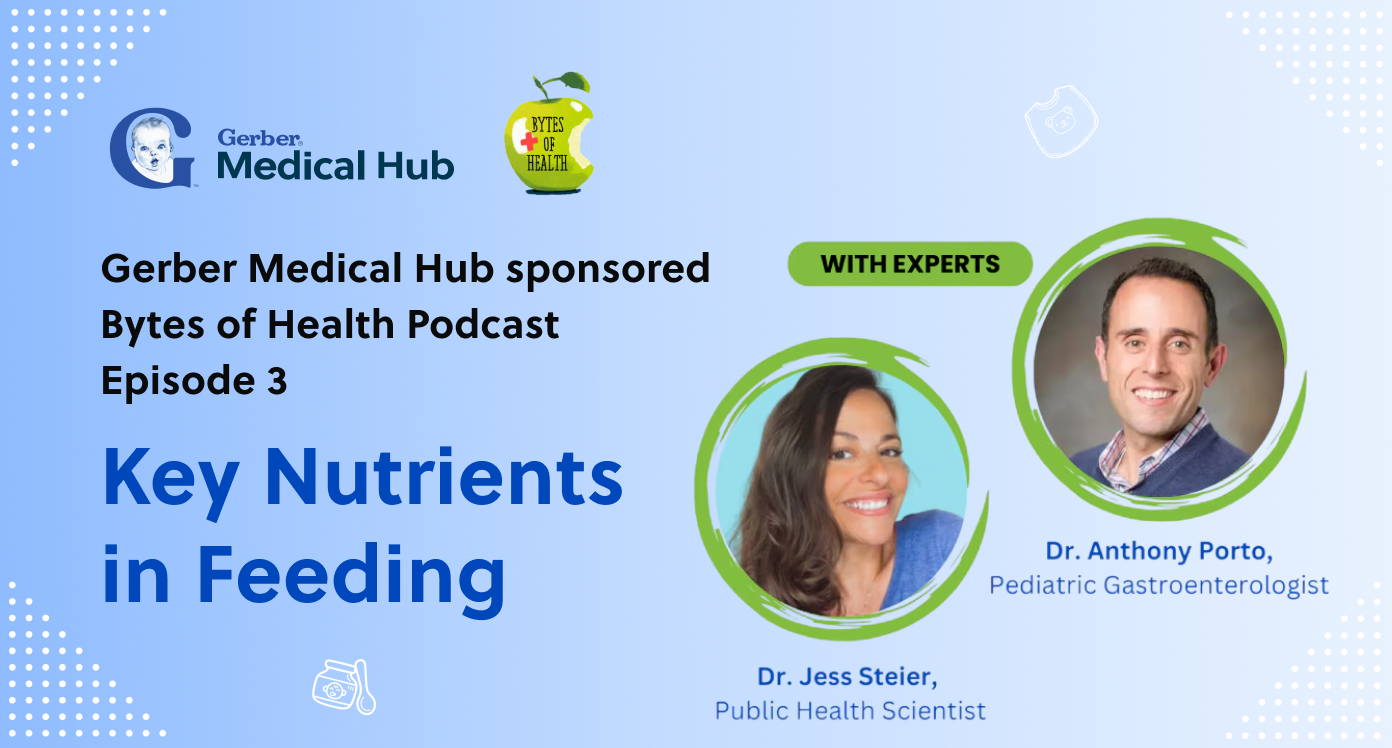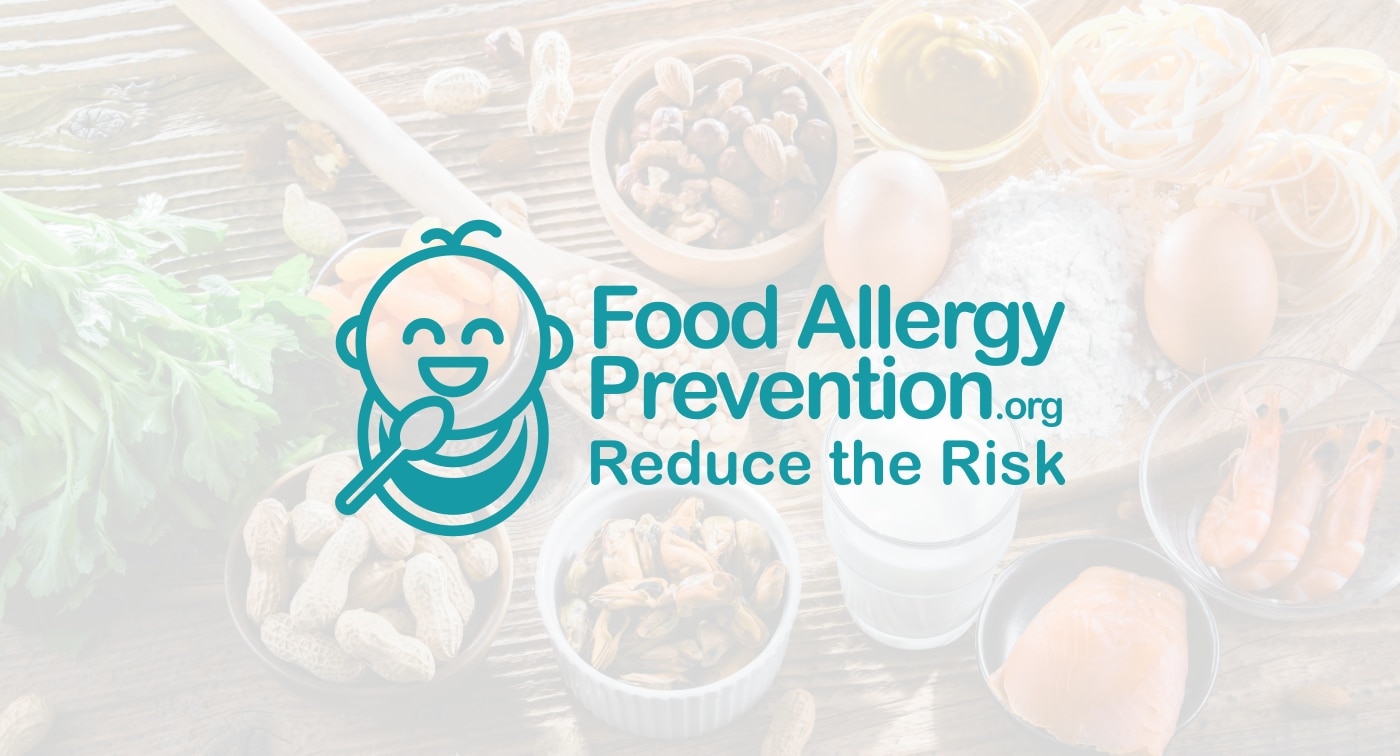Allergen Introduction: Guidelines and Clinical Workflows
1 min read • By: Gerber Medical Hub

Quick summary
Gerber partnered with FARE to provide this list of the latest allergy prevention guidelines and research. A growing body of evidence recommends allergen introduction early and often with continued exposure to common food allergens during complementary feeding.
"Research shows that you can often prevent a food allergy before it starts. While many of FARE’s resources support the food allergic community, we are also committed to providing educational materials to pediatricians, dietitians, and other practitioners to educate and empower caregivers to confidently introduce common allergens into the infant’s diet, starting with peanut. We are grateful to sponsors such as Gerber for supporting foodallergyprevention.org with caregiver and clinician resources that offer practical guidance on early allergen introduction as a strategy for the prevention of food allergies. "
— Sung Poblete, CEO of FARE
Clinical Guidelines for Allergen Introduction
National Institute of Allergy and Infectious Disease, NIH
National Institute of Allergy and Infectious Disease, NIH
Guidelines for the Diagnosis and Management of Food Allergy Frequently Asked Questions
National Institute of Allergy and Infectious Disease, NIH
U.S. Food and Drug Administration



